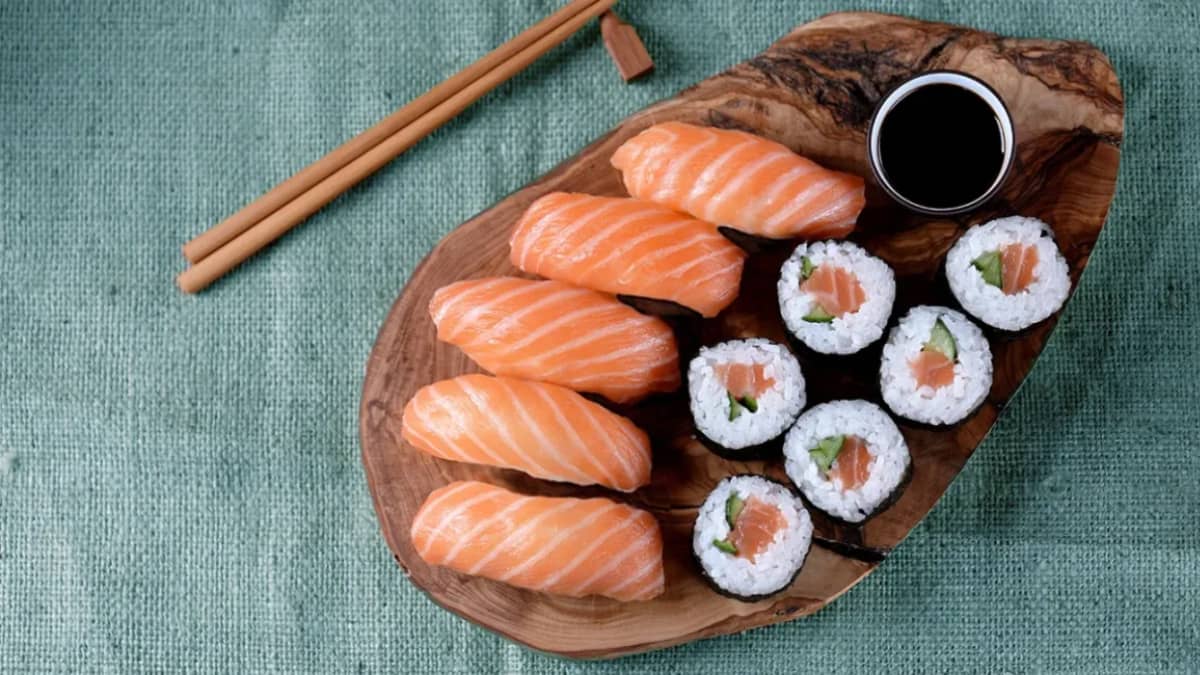The Art of Sushi Sashimi & Sushi
Introduction:
Sashimi and sushi are two exquisite culinary delights that have captured the hearts and palates of food enthusiasts around the world. While they both showcase the delicate flavors of raw fish, they are distinct in their preparation, presentation, and overall dining experience. In this comprehensive blog post, we will take a deep dive into the world of sashimi and sushi, unraveling their differences and celebrating their unique qualities. So, let Masuta Japanese Fusion give you a first-class tour on sashimi and sushi.
- Understanding Sashimi: Sashimi is a traditional Japanese delicacy that focuses on the pure essence of raw fish. It typically consists of thinly sliced, fresh seafood, meticulously prepared to accentuate its natural flavors. Sashimi showcases the fish’s quality, texture, and taste, allowing the diner to appreciate the ingredients in their purest form. The most common types of fish used for sashimi include tuna, salmon, yellowtail, and octopus.
- The Essence of Sushi: Sushi, on the other hand, is a culinary masterpiece that combines vinegared rice with various ingredients, including raw or cooked fish, vegetables, and seafood. Sushi is a complete dining experience, featuring a harmonious balance of flavors and textures. The rice serves as the foundation, providing a delicate base for the other ingredients. Sushi is often served with soy sauce, wasabi, and pickled ginger to enhance the dining experience.
- Ingredients and Preparation: While both sashimi and sushi feature raw fish, the preparation methods differ significantly. Sashimi focuses solely on the fish, requiring precise slicing techniques to create thin, uniform pieces. Sushi, on the other hand, incorporates a combination of fish, vegetables, and other ingredients, all artfully wrapped in bite-sized portions using a sheet of seaweed (nori) or pressed into a small mound by hand (nigiri). Sushi also offers various creative options such as rolls (maki) and cones (temaki).
- Presentation and Aesthetics: Sashimi is typically presented on a pristine platter, with the fish slices arranged beautifully to showcase their vibrant colors and textures. It is often garnished with shredded daikon radish, shiso leaves, or microgreens for added visual appeal. Sushi, on the other hand, is a work of art in its presentation. Each sushi roll is carefully crafted, showcasing a variety of colors and textures, making it visually appealing and enticing.
- Dining Experience and Etiquette: Sashimi is traditionally enjoyed by dipping the slices into soy sauce and savoring the delicate flavors. On the other hand, sushi is often dipped in soy sauce with a small amount of wasabi, but it’s important not to overdo it to preserve the balance of flavors. Sushi is often eaten by hand or with chopsticks, while sashimi is typically enjoyed with chopsticks.
Conclusion:
Sashimi and sushi are both exquisite Japanese culinary treasures, each with its own unique qualities and dining experiences. Sashimi celebrates the purity of raw fish, allowing the flavors to shine through. Sushi, on the other hand, combines raw or cooked fish with other ingredients, resulting in a harmonious blend of flavors and textures. Whether you prefer the simplicity of sashimi or the artistry of sushi, both offer a delightful journey for your taste buds. So, embrace the world of Japanese cuisine and indulge in the culinary wonders of sashimi and sushi!



